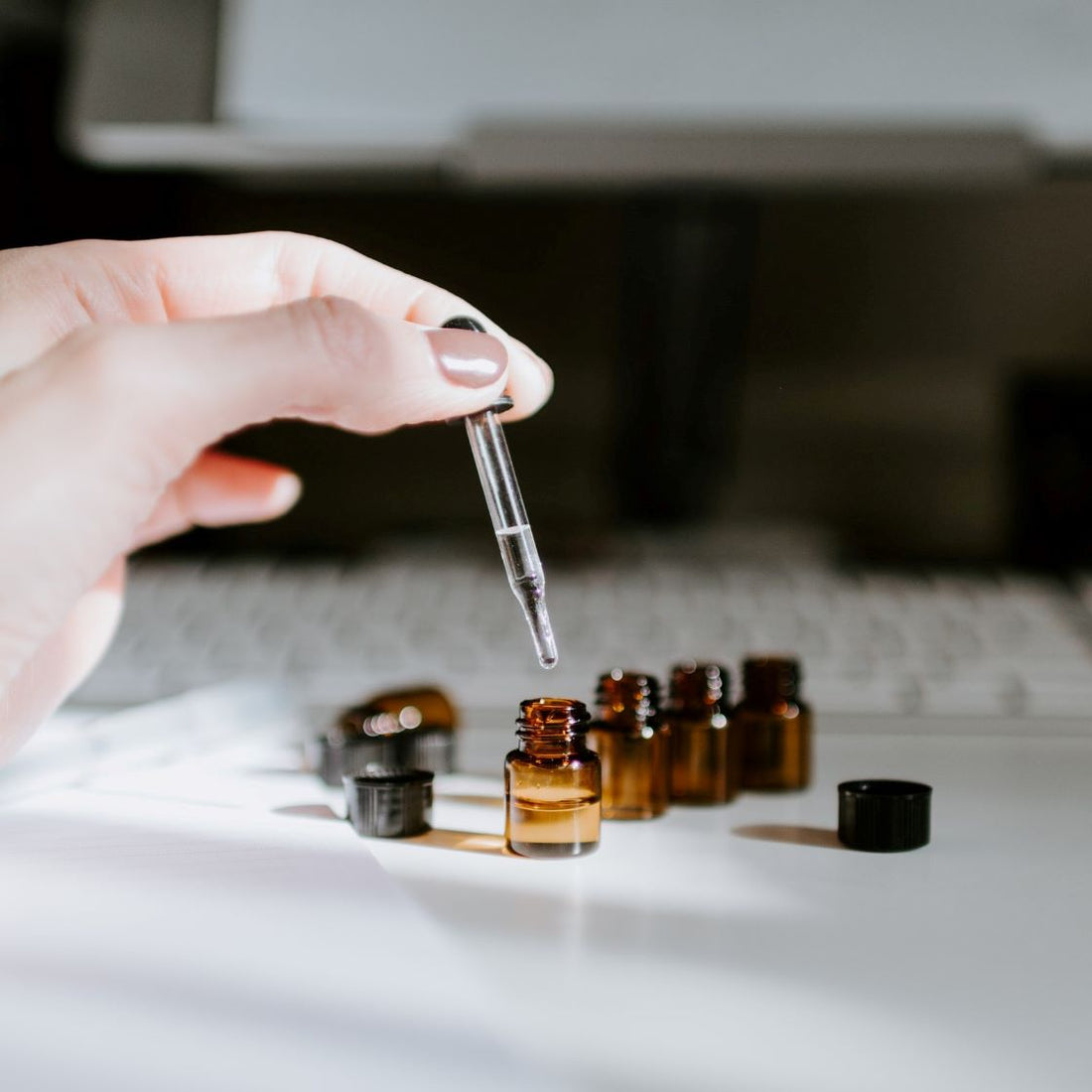
Aromatherapy for Healing
Share
The art of aromatherapy had been practiced for thousands of years. Strong evidence was found to link aromatherapy to many ancient traditions. Though aromatic oils have been used to treat and cure various ailments and conditions for centuries, the formal study on their properties only started in 1928.
In its simplest form, aromatherapy is the use of essential plant oils for therapeutic purposes. They are normally employed to relieve a person from stress and a variety of stress-related conditions. They are also used for promoting an individual’s general well being and in invigorating the body and the psyche.
Aromatherapy works by inducing the olfactory nerve cells with aromatic oils, which then carries out the message to the limbic system in the brain. The limbic system is the part of the brain that is responsible for controlling memory and emotions.
Aromatherapy is concerned in the workings of both the physical and emotional aspects of the person under treatment. Physically, aromatherapy helps in relieving specific conditions through the stimulation of the nervous, immune and circulatory system. In emotions however, they may evoke pleasant memories and uplifted moods.
Although the medical community is not in agreement over whether aromatherapy in itself is instrumental to healing various medical conditions, the idea of recovery through aromatherapy is widely accepted.
Essential oils are derived from the distillation of the elements of a plant like the leaves, roots, flowers, stems and bark. They hold the true essence of the plants from which they originally came in high concentration. Though termed as oil, essential oils normally do not have the real properties of oil. Some essential oils are yellow like that of the lemongrass and orange and many are clear.
These oils are used in a variety of methods: through inhalation, by adding them in the bathwater and by the application of the diluted oil on the body.
The use of oil in aromatherapy is only restricted to those with unadulterated qualities. The purest of the essential oils alone have the therapeutic values.
The following is a list of the most common essential oils used in aromatherapy. Some of which are used as carrier oils (also known as vegetable oils or base oils):
– Almond, Sweet
– Apricot Kernel
– Avocado
– Borage
– Cocoa Butter
– Evening Primrose
– Grapeseed
– Hazelnut
– Jojoba
– Kukui
– Macadamia Nut
– Olive
– Peanut
– Pecan
– Rose Hip
– Sesame
– Shea Butter
– Sunflower
Below are listed essential oils that are not advisable to use in aromatherapy, especially if not supervised by a professional aromatherapy practitioner.
– Ajowan
– Almond, Bitter
– Arnica
– Birch, Sweet
– Boldo Leaf
– Broom, Spanish
– Calamus
– Camphor
– Deer Tongue
– Garlic
– Horseradish
– Jaborandi
– Melilotus
– Mugwort
– Mustard
– Onion
– Pennyroyal
– Rue
– Sassafras
– Thuja
– Wintergreen
– Wormseed
– Wormwood
Aromatherapists put into practice the workings of aromatherapy in a spectrum of work environments including:
– private practice
– mobile visiting practice
– natural health clinics
– beauty therapy clinics
– health clubs
– hospitals
– hospices and
– nursing homes.
In spite of the lack of formal research on aromatherapy, therapists and European physicians are often prescribing certain aromatic oils for a range of complaints including colds and flu, insomnia, sinusitis, migraines, digestive problems and muscle pains. It must be understood though that aromatic oils must never be taken orally and should be first tested to determine the degree of skin’s sensitivity to some oils.
